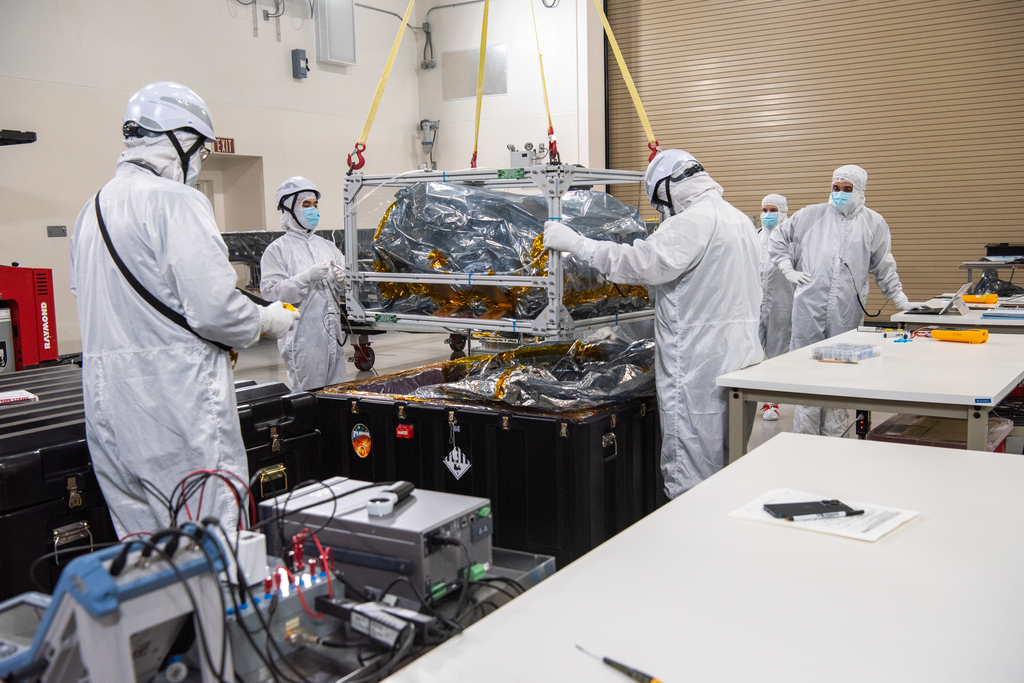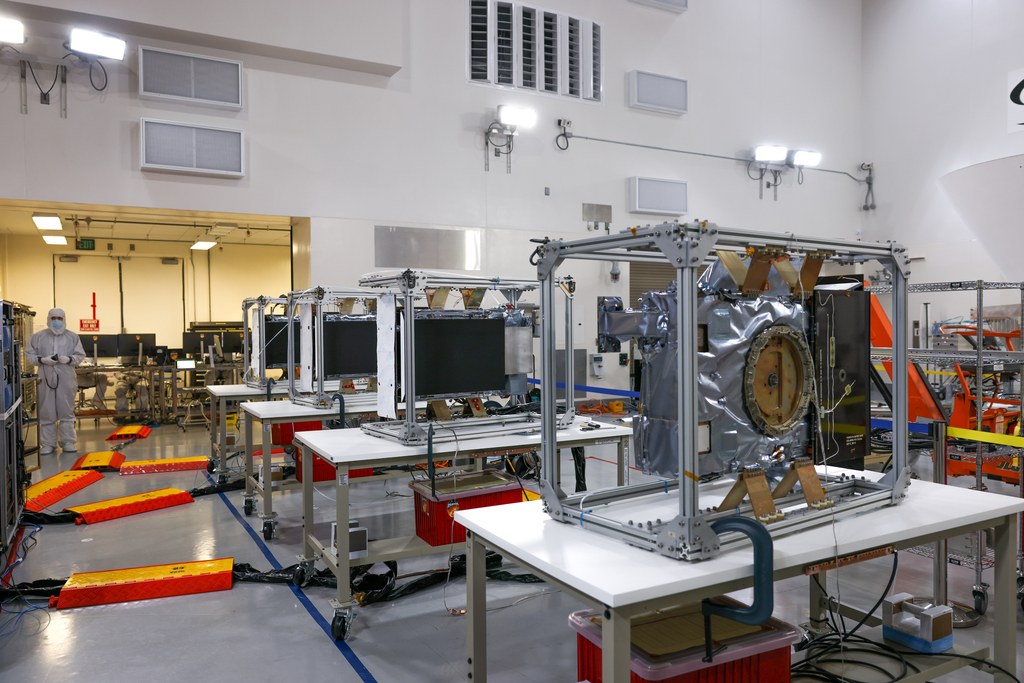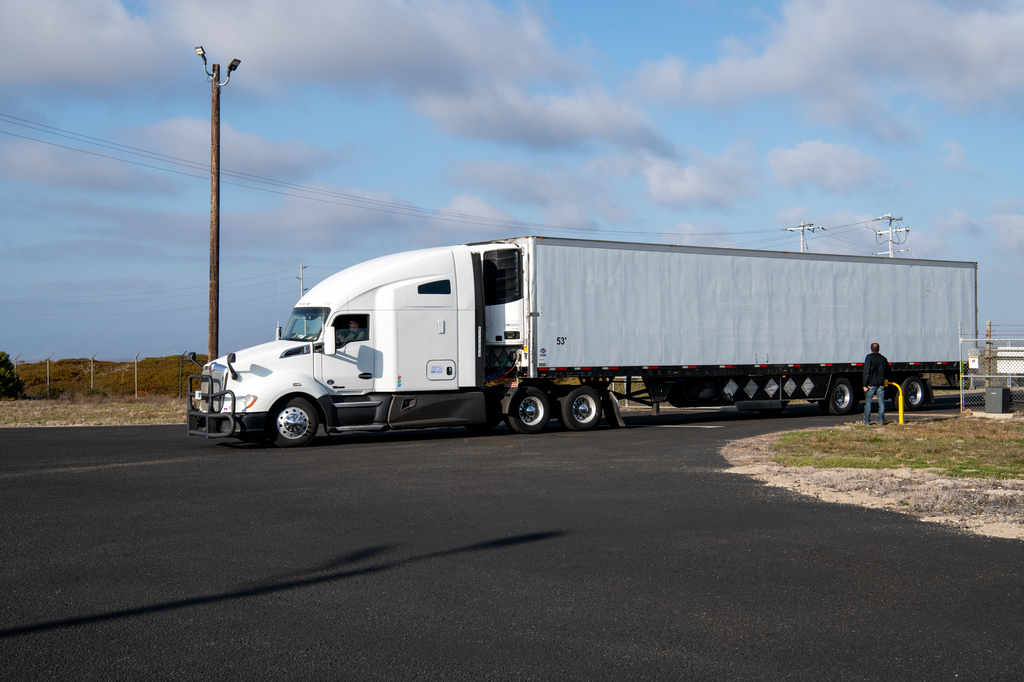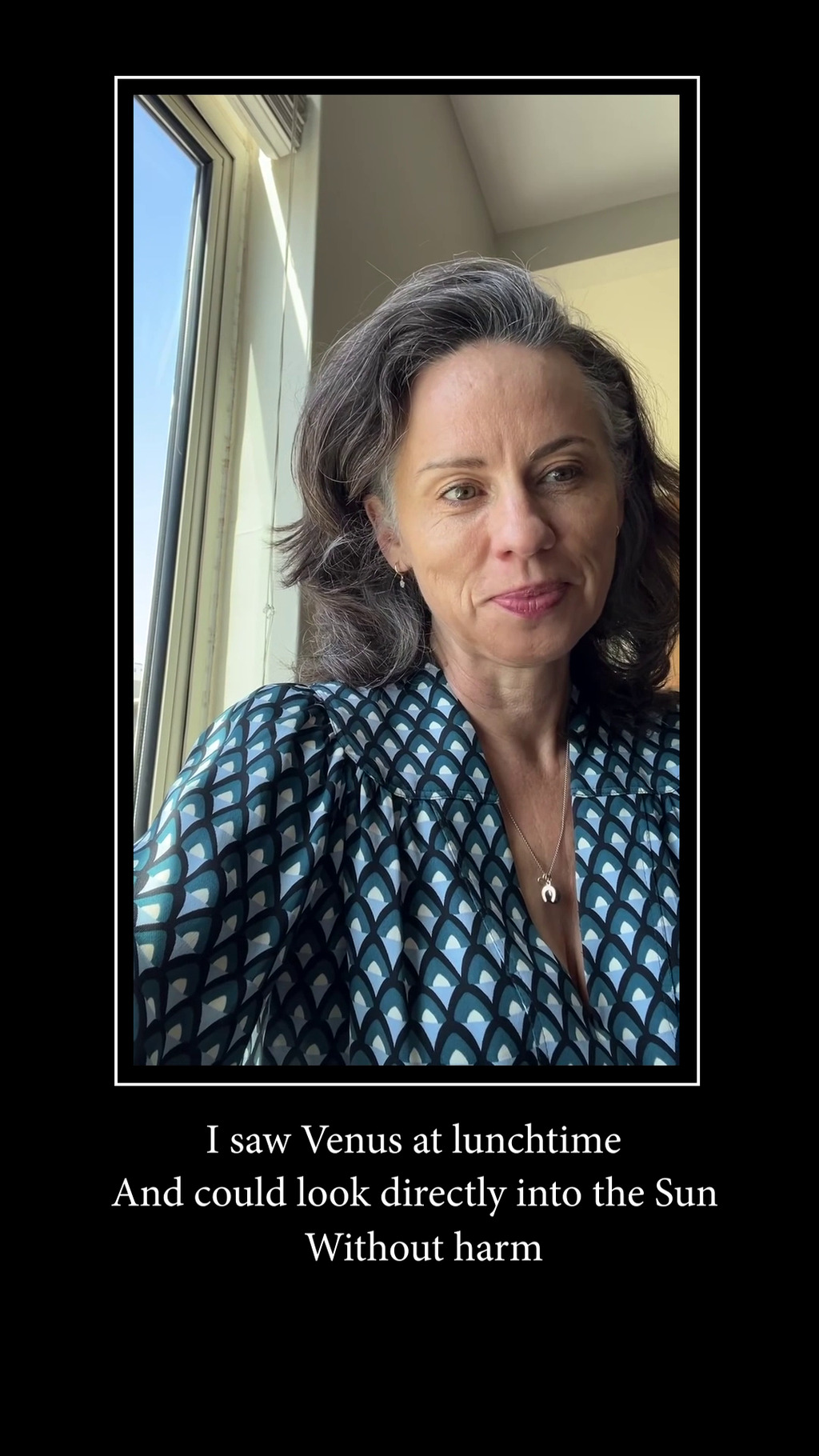Touching the Sun with Solar Stones
In August 2024, the Heliophysics Big Year theme is Kids and Education. In collaboration with NASA’s PUNCH (Polarimeter to Unify the Corona and Heliosphere) mission and the Colorado School for the Deaf and Blind, Creative Technology and Design students at the ATLAS Institute at University of Colorado Boulder have developed tactile representations of what many scholars believe to be the earliest known record of solar observations. Titled “Solar Stones,” the exhibit displays two famous petroglyphs, or rock carvings, found in Chaco Culture National Historical Park located in northwestern New Mexico. One petroglyph is believed to represent a total solar eclipse occurring on July 11, 1097, and the other a solar marker that indicates the annual equinoxes and solstices. The project is on display at Fiske Planetarium located on the University of Colorado Boulder campus.
The Heliophysics Big Year is a global celebration of the Sun’s influence on Earth and the entire solar system. From Oct. 14, 2023, to Dec. 24, 2024, we are challenging you to participate in as many Sun-related activities as you can.
For each month from October 2023 to December 2024, the Heliophysics Big Year will celebrate under a theme, sharing opportunities to participate in many solar science events from watching eclipses to joining citizen science projects. During the Heliophysics Big Year, participation isn’t limited to science – NASA invites everyone to celebrate the Sun with activities including dance, fashion, sustainability, and more.
Music Credit: “Glass Eyes” by Evan William Conway [ASCAP] via Universal Production Music
Credits
Please give credit for this item to:
NASA's Goddard Space Flight Center
-
Producers
- Beth Anthony (KBR Wyle Services, LLC)
- Joy Ng (KBR Wyle Services, LLC)
Release date
This page was originally published on Tuesday, August 13, 2024.
This page was last updated on Monday, July 29, 2024 at 2:07 PM EDT.
![Watch this video on the NASA Goddard YouTube channel.Music Credit: “Crafted with Science Instrumental” by Zak McNeil [ASCAP] via Universal Production MusicVideo Credit: NASA/Beth Anthony](/vis/a010000/a014700/a014773/PUNCH_thumb.png)





![Music Credit: “Sun Snacks” by Jon Buster Cottam [PRS] via Universal Production Music](/vis/a010000/a014600/a014633/14633_DIYSunPrints_YT.00064_print.jpg)

![Complete transcript available.Music Credit: “Rise Now Our Hero” by Dan Thiessen [BMI] via Universal Production MusicWatch this video on the NASA.gov Video YouTube channel.](/vis/a010000/a014400/a014428/14428_HBY_Trailer_thumbnail.jpg)

![Credit: NASA's Goddard Space Flight CenterWatch this video on the NASA Goddard YouTube channel.Music: “Nanofiber” by Andrew Michael Britton [PRS], David Stephen Goldsmith [PRS]; “Climbing the Ladder” by Jose Tomas Novoa Espinosa [BMI] via Universal Production MusicComplete transcript available.](/vis/a010000/a014300/a014392/14392_Thumbnail.jpg)
